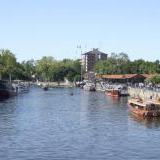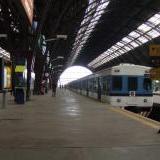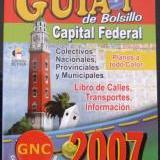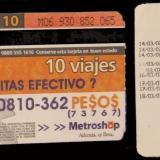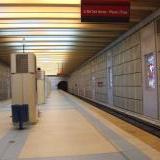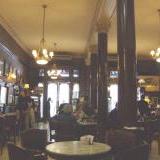One more city to add to the amazing list - so much to see in Buenos Aires, great food (beef, beef, and beef), incredibly clean city, lots of green spaces, and good transportation.
Short takes and tips for travelers to Buenos Aires. There are many web sites with information, so this is only the list of things I did not find at other web sites after a web search, or things that were really interesting.
Click here for: Buenos Aires Photo Album
You can get by with English, but note that most people will only be able to speak in Spanish, so knowing a bit of Spanish is recommended.
Arrival: After a long flight from the US, you want to get to your room with least amount of trouble - take the taxi if you are in a hurry, or take the Manuel Tienda Leon bus. The bus is air-conditioned and quite comfortable, but requires a transfer to another bus to get to your final destination. The bus is half the price of the taxis, so if there are two or more people, taxi is a better option. There are many stalls selling taxi/remis services, but the best option is at the Taxi Ezeiza's blue/white circular, stand-alone booth, just outside the exit from the customs area. For the return trip, call their number (+54 11) 5480-0066 to reserve a taxi. Airport to the City costs under AR$65, while City to the Airport is under AR$55 (this includes tolls). [2007 Prices - factor in 10%-20% inflation! In 2008, the prices were AR$88 and AR$60 respectively!]. They also respond very quickly to email at their info@taxiezeiza.com.ar address, you have to communicate in Spanish - use the free translation services available on the web if you need it!
